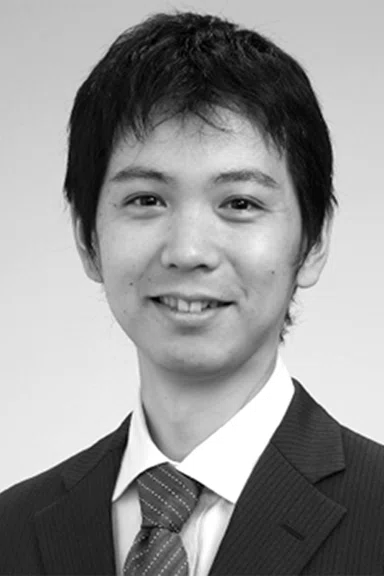result
∗Technology in development that represents ongoing research and development efforts. These technologies are not products and may never become products. Not for sale. Not cleared or approved by the US FDA or any other global regulator for commercial availability.
∗Technology in development that represents ongoing research and development efforts. These technologies are not products and may never become products. Not for sale. Not cleared or approved by the US FDA or any other global regulator for commercial availability.


PREVIOUS
${prev-page}
NEXT
${next-page}
Subscribe Now
Manage Subscription
FOLLOW US
Contact Us • Cookie Preferences • Privacy Policy • California Privacy PolicyDo Not Sell or Share My Personal Information • Terms & Conditions • Security
© 2024 GE HealthCare. GE is a trademark of General Electric Company. Used under trademark license.
NEWS
A special welcome to our 2021 guest editor
A special welcome to our 2021 guest editor
The SIGNA™ Pulse of MR Editorial Board is pleased to introduce Utaroh Motosugi, MD, PhD, from Kofu Kyoritsu Hospital in Japan as our 2021 Guest Editor. Dr. Motosugi is a radiologist with two years of experience in pathology. He is also involved in hepatology and is a member of the Japanese Society of Hepatology group that will be publishing clinical guidelines later this year.
Dr. Motosugi began his career as an academic radiologist focused on research. With over 220 publications, he has made an indelible impact in the field of body MR imaging. Now as a radiologist at Kofu Kyoritsu Hospital, he is focused on translating that research to the clinic. Yet he retains his passion for exploring the potential to advance clinical knowledge via MR imaging.
As Dr. Motosugi looks to the future of MR, he believes that low-field systems combined with deep-learning reconstruction technology may hold the key to increasing accessibility to MR imaging worldwide.
"When considering the next five to 10 years, patient accessibility will be key. To accomplish this, we will need to address the issues of cost, scan time and imaging artifacts."
Dr. Utaroh Motosugi
Lower magnetic fields coupled with a focused MR exam, or a purpose-oriented protocol with fewer contrasts, such as those proposed by Scott Reeder, MD, PhD, at the University of Wisconsin-Madison (and SIGNA™ Pulse of MR’s 2020 Guest Editor), may be a solution.
He fondly reflects on his collaboration with GE Healthcare in MR research and recalls his most memorable experience.
"I will not forget the first time I saw the AIR™ Coil and the impact it made when I saw the coil was bent. It was amazing to me. I’ve enjoyed the many discussions on the future of MR with GE, and look forward to continuing to support them."
To read about Dr. Motosugi’s recent work on body imaging with AIR™ Recon DL, read this Issue Spotlight article: Addressing the challenges of SNR and respiratory motion in body MR.









